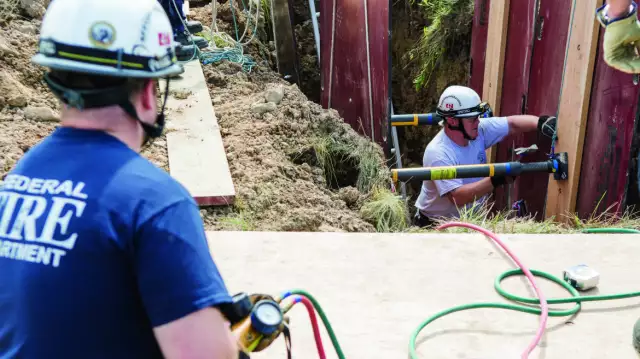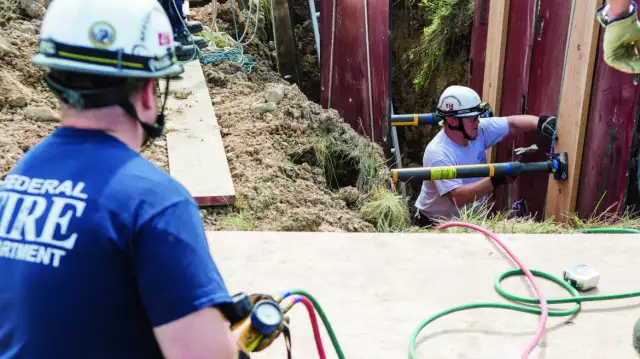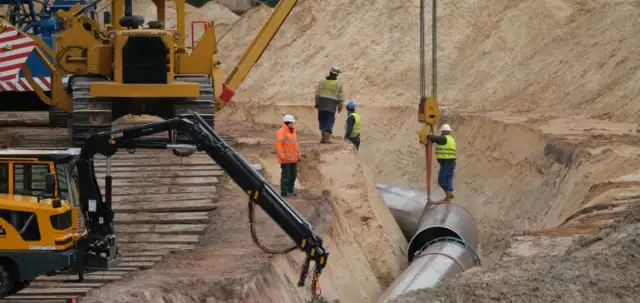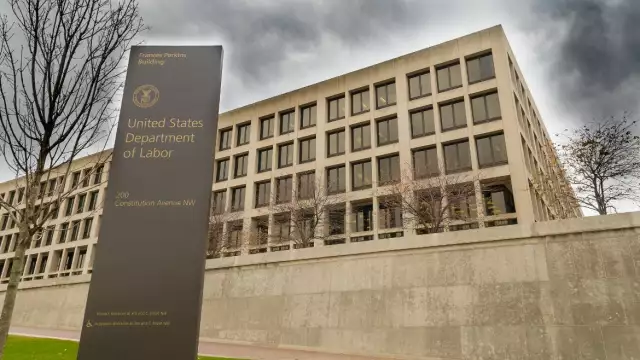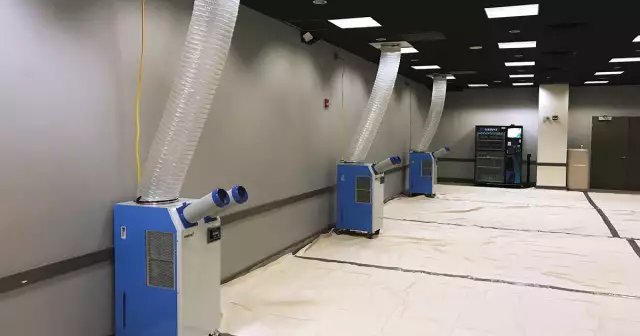OSHA Launches Trench Safety Initiative Amid Sharp Rise in Deaths
OSHA Launches Trench Safety Initiative Amid Sharp Rise in Deaths
July 15, 2022 James Leggate KEYWORDS OSHA / trench collapse / trench safety Order Reprints No Comments
Two workers in Texas were killed June 28 when the unprotected 20-ft-deep trench they were inside collapsed, as trench shields sat unused beside the excavation.
They were the 21st and 22nd workers to die in trench-related incidents this year. That put the number of such deaths in the first half of 2022 up 68% compared with 15 similar fatalities for all of 2021, according to the U.S. Dept. of Labor’s Occupational Safety and Health Administration.
In response to the recent significant increase in deaths, OSHA announced on July 14 that it had launched enhanced enforcement initiatives to protect workers from known hazards of trenching and excavation.
Doug Parker, Labor's assistant secretary for occupational safety and health, said in a statement that the agency is calling on employers engaged in trenching and excavation to take immediate action to ensure required protections are fully in place.
“In a matter of seconds, workers can be crushed and buried under thousands of pounds of soil and rocks in an unsafe trench,” Parker said. “The alarming increase in the number of workers needlessly dying and suffering serious injuries in trenching incidents must be stopped.”
All of the deaths could have been prevented if employers had followed OSHA standards, Parker added. OSHA’s trenching standards require protective systems be used on trenches deeper than 5 ft, and also that soil and other materials be kept at least 2 ft from the trench’s edge.
Protective options include sloping or benching trench walls at an angle away from the excavation, shoring trench walls with hydraulic shoring systems or other supports to prevent soil movement and shielding walls with aluminum trench boxes or other supports to prevent cave-ins.
Protective systems for trenches 20 ft and deeper must be designed by a registered professional engineer.
In some cases, it seems that a lack of awareness led to the lack of safety precautions, says James McRay, communications director for the National American Excavation Shoring Association.
Some of the incidents this year have involved workers who are not typical trenching contractors, such as farmers digging a drainage ditch.
“Underground contractors are very aware of the dangers of a trench because that’s how they make their money—they can’t take any risks,” McRay says. “Of course they’re going to keep their workers stable."
He adds, however, that in other situations that call for trenching workers may not be as familiar with necessary safety precautions.
There are resources available to help employers comply with trenching safety requirements. OSHA offers on-site consultations to help small and medium-sized businesses prevent trench-related injuries.
The group offers best practices guides on its website and can help employers find training programs in their area. OSHA has also teamed up with industry groups, such as the National Utility Contractors Association (NUCA) and Associated General Contractors of America, to train thousands of workers about trench safety.
“Compliance is a big part of the training, but ultimately the goal is to protect the workers,” says Kevin Cannon, AGC director of safety and health services.
Robert Baylor, NUCA director of communications, says that both safety training and enforcement are important to protect workers.
“Our industry welcomes OSHA's attention to this situation,” Baylor says.
